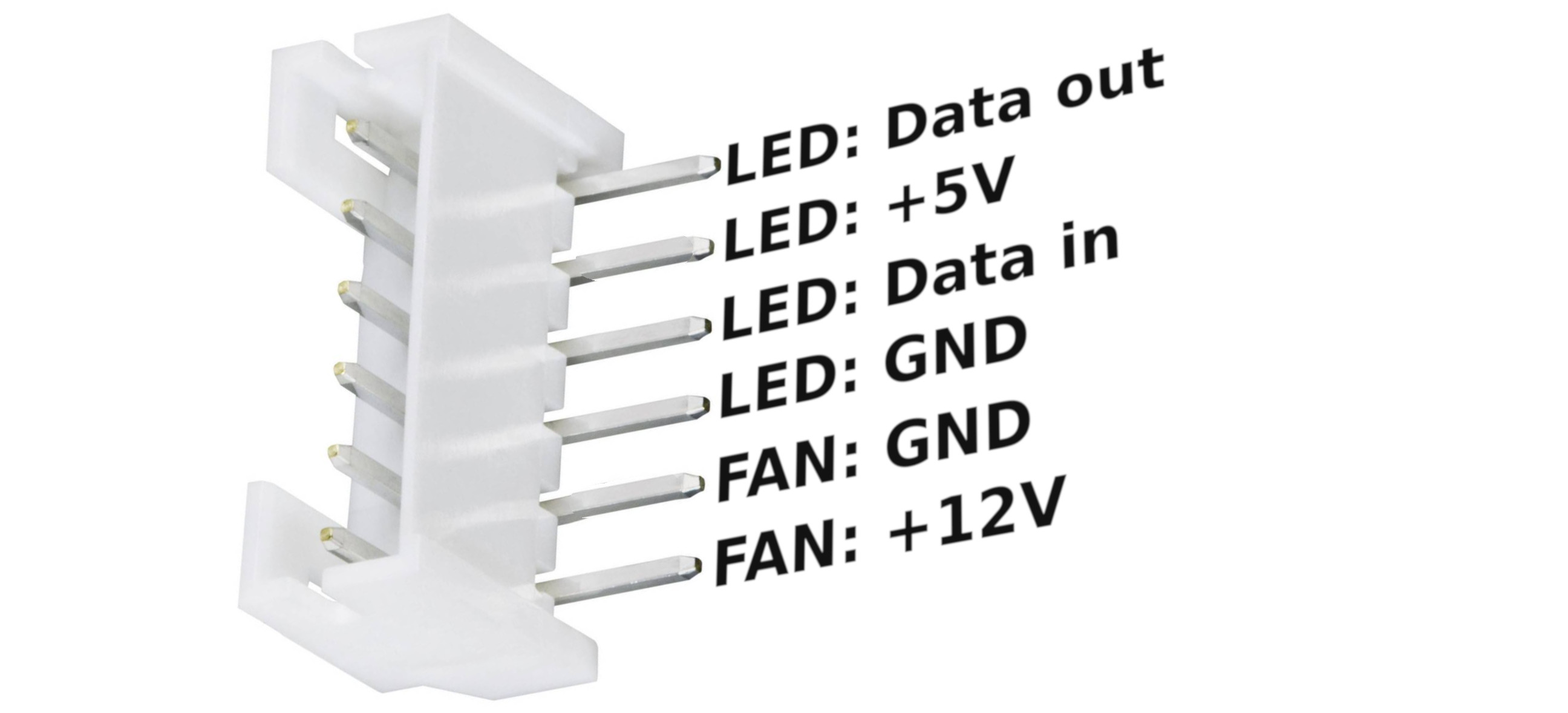
Want to read more answers from other tech-savvy Stack Exchange users? Check out the full discussion thread here. Have something to add to the explanation? Sound off in the comments. Source: Three Wire and Four Wire Fan Connectors

If you have the official case, then you can buy the case fan. If you have a Raspberry Pi without a case, you won’t be able to hold the fan in place. However, there are ground pins and 3.3V power scattered around the GPIO header. Dell started making all the wires black so you cannot tell. The fans are not any different only the wire order.

Note: When connecting a three wire fan to a four pin fan header, the fan is always on there is no fan control.Ī four wire fan connecting to a four pin fan header:Ī four wire fan connecting to a three pin fan header: As you can see, there are only two 5V pins and they are clustered together. So if your fan is NON standard you may need to remove the pins and re order them to be correct. The four wire connectors are for processor fans with higher power consumption.Ī three wire fan connecting to a four pin fan header: The three wire connectors are for small chassis fans with lower power consumption. With this type, fan speed is typically controlled by increasing or decreasing the voltage over the power wire.Ī four pin connector is a little different than the three pin connector since it has the extra (fourth) wire used for controlling and sending signals to the fan, which likely has a chip on it that tells it to slow down or speed up (in addition to the other wires the three pin connector has).Ĭhassis and processor fans use either a three wire or four wire connector. The signal wire measures how fast the fan is moving without any controls for the fan’s speed. SuperUser contributor Homey_D_Clown_IT has the answer for us:Ī three pin connector is basically power (5/12 volt), ground, and signal.


 0 kommentar(er)
0 kommentar(er)
